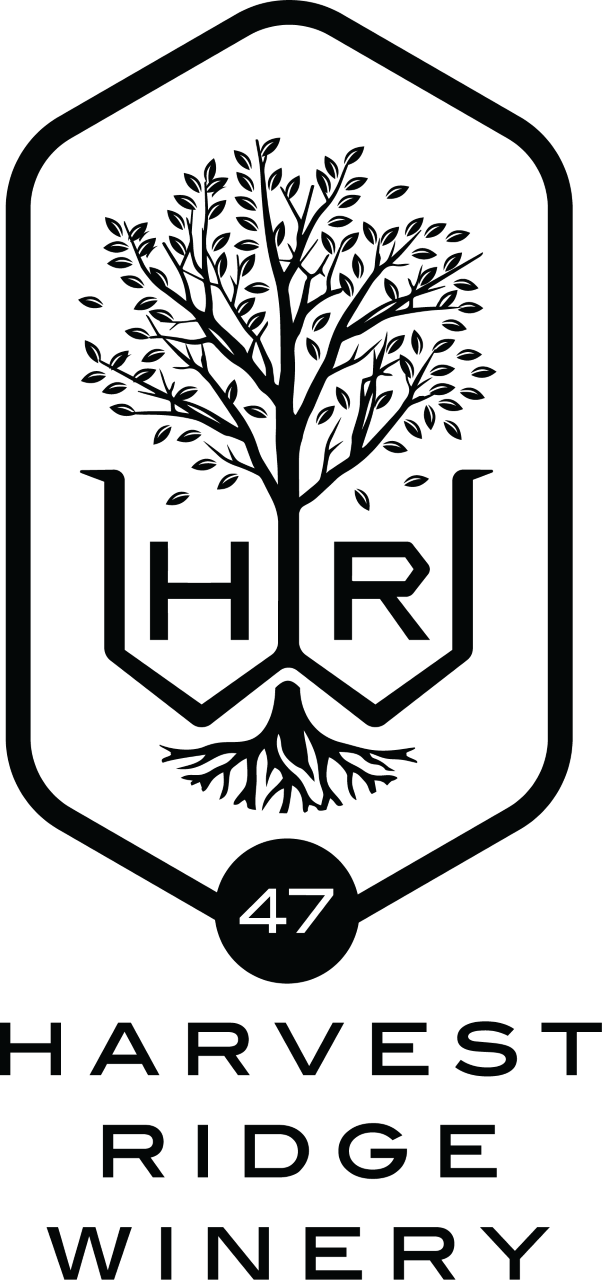Mead and Sparkling Wine
We are making both mead (wine-type drink made from honey) and sparkling wines. Many have questions about what makes a mead a mead… and what makes a sparkling wine sparkle, so we asked our winemaker Milan. Here is what he has to say!
Our mead is at 5.5% alc. Right now and it’s been fermenting for 5 weeks, it should be done fermenting in 3 more weeks. The fermentation takes much longer than conventional wine which is a 2-4 week fermentation because of the viscosity of the honey which is very thick and anaerobic…so the fermentation is much slower and hence longer. It’s similar in style to an Icewine fermentation or a Sauternes/TBA (Total Botrytis Affected) dessert wine.

The sugar is measured in Brix. So regular table wines are in the 20 to 23 Brix range, while Icewine is 35 to 40 Brix….our honey was at 48 Brix = very high sugar concentration. The difficult fermentation kinetics will also affect the finished profile of the Mead since their will be high levels of glycerol, making the Mead very thick and smooth. Glycerol is produced during the fermentation when yeast cells actually explode and release half digested sugar molecules into the wine which is exactly what glycerol is…..the yeast in the wines are the Biblical personification of Gluttony!
Many of you have had and loved our Apple and Viognier wines, so we’re sure your going to love what we have in store for you in July with these wines. We will be releasing our Sparkling Apple and Sparkling Viognier in the summer just in time for you to beat the heat with these refreshing summer sippers.
These sparkling wines are made in the Traditional Method, which are fermented in the bottle to produce the bubbles. Several methods of making sparkling wine are used, from simple artificial carbonation of a finished wine to the Charmat method where a wine goes through a second fermentation in a large tank. However, the Traditional Method which we are using is the sparkling wine process used to make quality Champagne, which produces greater volumes of smaller frothier bubbles that gives these wines their characteristic rich mousse texture. This process although producing a better quality sparkling wine also involves much more labor intensive cellaring methods.
After the primary fermentation is done we bottle the wines with a special yeast and tirage to help the wine re-ferment in the bottle. This re-fermentation in the bottle takes at least several months and when complete each individual bottle needs to be riddled by hand so that the yeast becomes contained in the neck of the bottle. When ready we freeze the bottle neck and open the bottle which due to the pressure created by the re-fermentation disgorges the yeast in a powerful burst and we must quickly cork the wine to prevent all the bubbles from dissipating and add a wirehood to ensure a sound and safe closure.
I know I know too much info….but something worthy of you pondering while you watch the bubbles rise in your glass while enjoying these wines on our patio this summer.


Milan, this was very interesting and NOT too much information at all! I enjoyed every word of your process!! I am not a knowledgeable wine drinker but I know what I like and look forward to tasting more of your wines as well as learning more!
Thanks again Sofia and Milan
for all your efforts!
Thank you so much for the comment, Rich! I have passed your comment to Milan. – Sofia